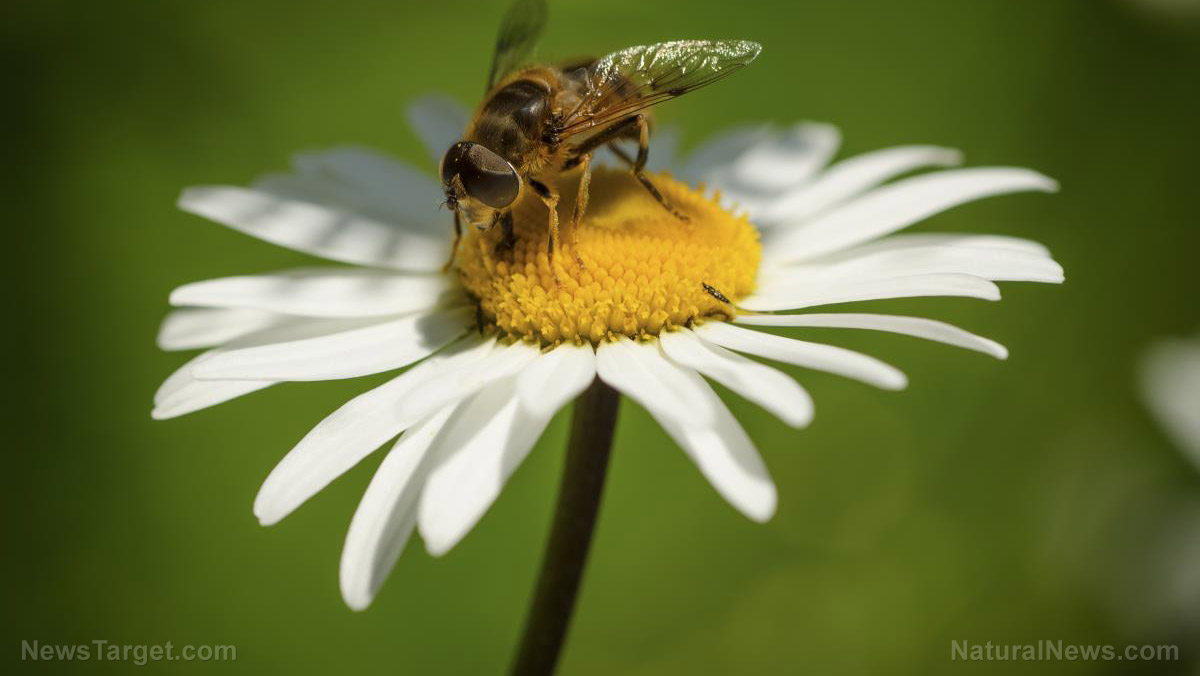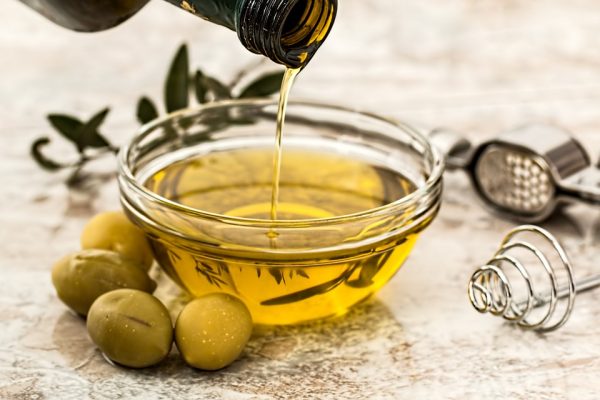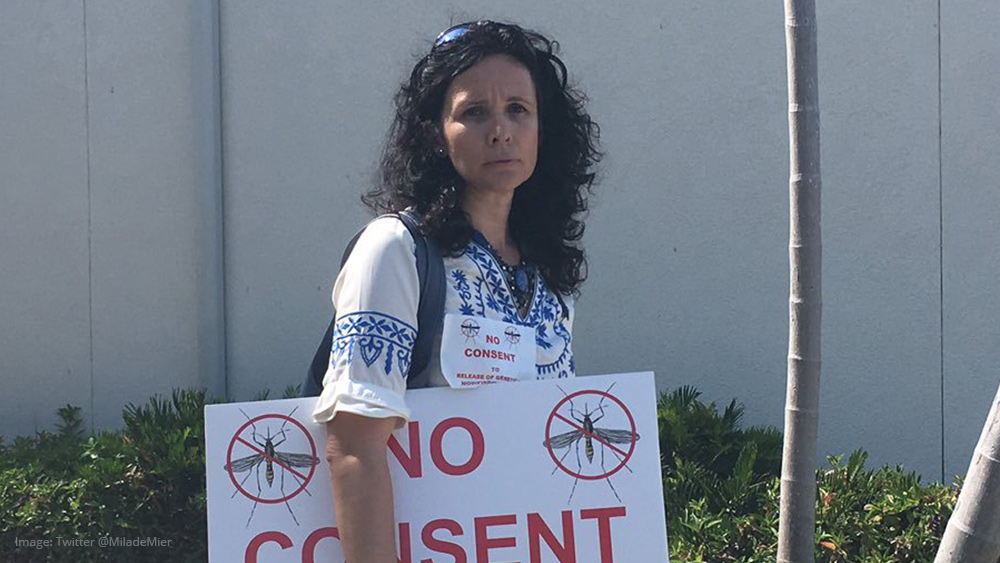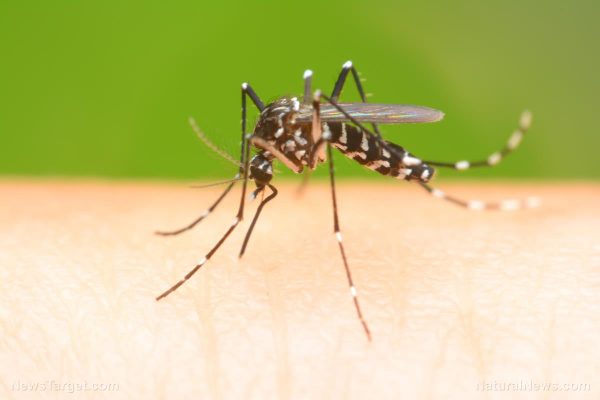Shedding new light on the dangers associated with cultivating genetically engineered organisms, which have the potential to spread into the wild, a recent study published in The Biological Bulletin explains how genes can transfer from one species to another and become a permanent part of the other species, which then passes on these foreign genes to future generations of its own kind.
Scientists have long wondered how the green sea slug, known officially in the textbooks as Elysia chlorotica, is able to utilize an algal chloroplast that, by simply consuming algae that contain it, allows the creature to survive on sunlight alone for months at a time. A team from the Marine Biological Laboratory looked into this phenomenon further and made some fascinating discoveries that, while interesting in the case of the green sea slug, are ominous as they concern the continued use of GMOs.
The gist of the study is that green sea slugs consume a unique type of algae known as Vaucheria litorea that contains special chloroplasts essential for photosynthesis. These chloroplasts allow algae to survive simply by “eating” sunlight, and when green sea slugs consume this algae, they too take on these chloroplasts, allowing them to survive on a diet of just sunshine when no other food is available.
It is a fascinating process that, according to the study, is due to green sea slugs taking on an algal gene that sustains photosynthesis, repairing damaged chloroplasts through a key enzymatic pathway and allowing green sea slugs to literally adopt the survival characteristics of the algae it eats.
“The gene is incorporated into the slug chromosome and transmitted to the next generation of slugs,” stated study co-author Sidney K. Pierce, an emeritus professor at the University of South Florida and the University of Maryland, in a recent press release about the fascinating findings.
“There is no way on Earth that genes from an alga should work inside an animal cell. And yet here, they do. They allow the animal to rely on sunshine for its nutrition. So if something happens to their food source, they have a way of not starving to death until they find more algae to eat.”
Genes from GMOs showing up inside humans: both blood and gut microflora affected
By embedding the algal gene directly into its genome, the green sea slug is actually able to chloroplasts longer than the algae itself can — for up to nine months! But what does this suggest about GMOs, which also contain altered genes that may proliferate within the human body, and specifically within the gut, after consumption?
One of the known dangers associated with GMOs is that many of them were specifically designed to transfer their genes to other organisms. The Institute for Responsible Technology (IRT) cites data showing that gene transfer not only occurs within species, hence the contamination of non-GMO and organic crops by GMO crops, but also from one species to another, which this sea slug discovery proves already happens in nature.
“Transgenes may… readily travel from GM food into the DNA of gut bacteria,” explains the IRT. “Once transferred into gut bacteria, transgenes may confer survival advantages, allowing them to endure and spread. … Having ‘infected’ our gut bacteria, the foreign genes and the proteins they create may be harmful.”
More on this is available in the IRT report, 65 Health Risks of GM Foods:
ResponsibleTechnology.org.
Monsanto’s Bt corn, which is classified as a pesticide since it produces Bt toxin directly inside its kernels, is a great example of this. Research has shown that Bt toxin proliferates within the bodies of people who consume Bt corn and other similar GMOs, with the toxin showing up in both the blood and gut — and in some cases, being reproduced alongside natural gut microflora.
More on this is available here:
HuffingtonPost.com.
Sources:
http://news.discovery.com
http://www.techtimes.com
http://www.responsibletechnology.org
http://action.responsibletechnology.org
http://www.huffingtonpost.com





















